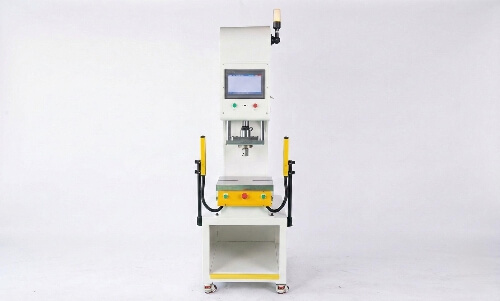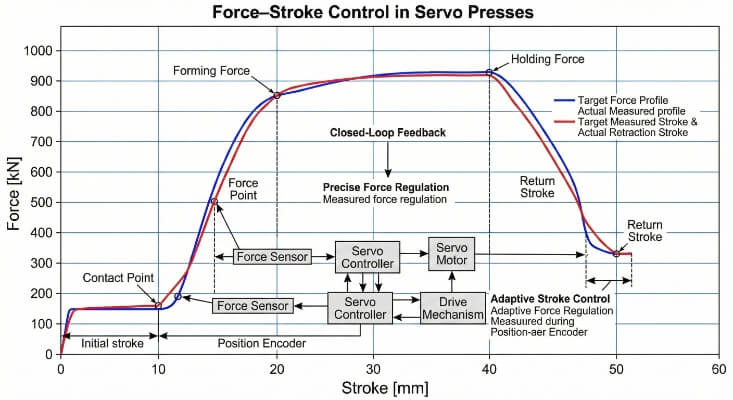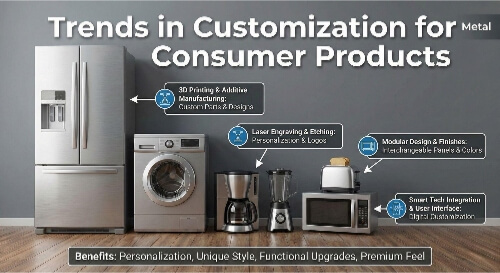Metal parts often need precise holes with tight tolerances. Drilling works for many cases, but some holes need even more accuracy and a smoother finish. Boring machining solves this. Without it, parts might not fit properly, causing alignment issues and weak joints. If you work with metal fabrication, understanding boring is a must.
Boring machining enlarges existing holes to improve accuracy and surface finish. It removes minimal material but ensures the hole meets precise size, roundness, and alignment requirements. CNC machines and boring mills handle this process with high precision.
Let’s examine how boring machining works, its main types, and when to use it for your projects.

Fundamentals of Boring Machining
Boring machining ensures precision in enlarging and refining holes. Below are the key aspects of this machining process.
What Is Boring?
Boring is a machining method that enlarges and improves existing holes. Unlike drilling, which creates new holes, boring removes material from a pre-drilled or cast hole, improving the hole’s size, surface finish, and accuracy.
The process works by rotating a single-point cutting tool inside a hole while making controlled movements. Either the tool (on lathes) or the workpiece (on boring mills) rotates. This controlled cutting action produces holes with excellent roundness, straightness, and surface quality.
Key Components in Boring
The success of boring machining depends on the tools and components used. Here’s a breakdown of the essential parts:
Boring Bars
Boring bars hold the cutting tool and provide stability during the machining process. They come in various lengths and diameters to suit different hole sizes and depths.
Cutting Tools and Inserts
Cutting tools remove material from the hole. The tools’ inserts and replaceable tips come in different shapes and materials to handle various tasks and materials.
Tool Holders and Attachments
Tool holders secure the cutting tools and boring bars in place. They ensure proper alignment and stability, which is crucial for achieving accurate results.
How Does Boring Machining Work?
Boring machining uses specialized tools to remove material from the inside of a hole. The process starts with a pre-drilled hole. A boring bar equipped with a cutting tool is inserted into the hole. The bar rotates and moves along the hole’s axis, shaving off thin layers of material to achieve the desired size and finish.
The machine controlling the boring bar ensures precision. It adjusts the tool’s position and speed to meet exact specifications. This level of control makes dull machining ideal for creating holes with tight tolerances.
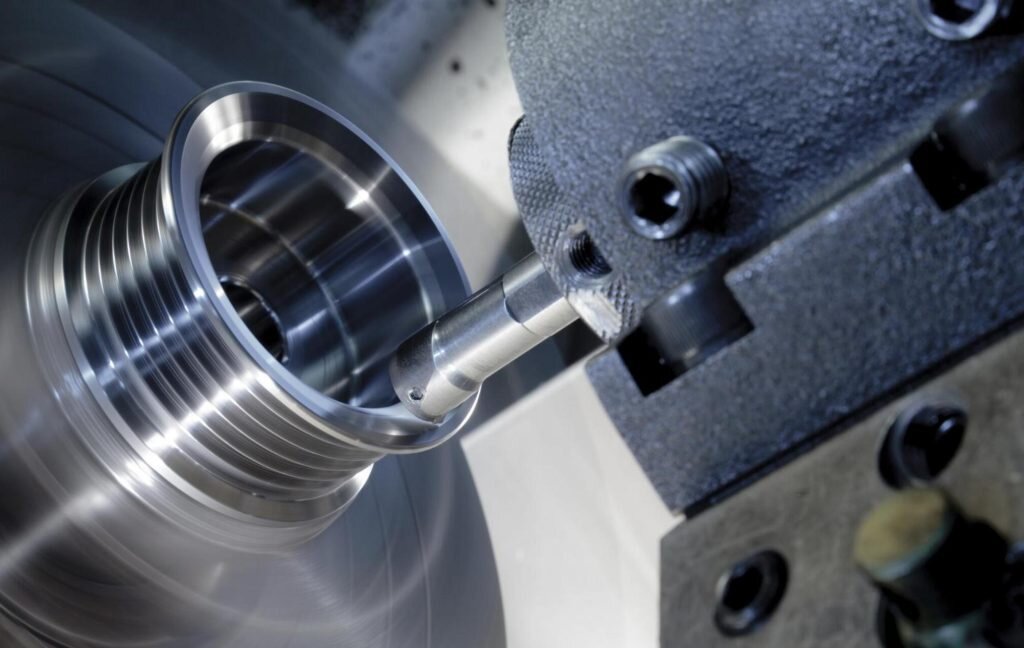
When Should You Use Boring Machining?
Boring machining is best suited for specific situations. Here’s when it shines:
- High Precision Requirements: If your project demands tight tolerances, boring machining ensures the hole’s diameter and roundness meet exact specifications.
- Smooth Surface Finishes: Boring creates a smoother finish than drilling, reducing the need for additional polishing.
- Enlarging Existing Holes: Boring is the ideal choice when you need to resize a hole without compromising its alignment.
Boring Machining: Pros and Cons
Boring machining ensures precision, but like any process, it has strengths and weaknesses. Understanding both helps in choosing the proper method for a project.
Pros
- High Accuracy: Achieves tight tolerances and precise hole dimensions.
- Smooth Surface Finish: Improves hole quality by reducing roughness.
- Flexibility: Works with various materials, including metals and plastics.
- Customization: Adjusts hole size and shape as needed.
- Better Alignment: Ensures concentricity and proper fit for assembled parts.
Cons
- Slower Process: This takes longer than drilling, especially for deep holes.
- Higher Cost: Requires specialized tools and skilled operators.
- Limited for Small Holes: Less effective for minimal diameters.
- Tool Deflection Risk: Longer boring bars may cause vibration and accuracy issues.
Types of Boring Machines
Boring machines come in different types, each designed for specific tasks and applications. Here’s a look at the most common ones:
Horizontal Boring Machines
Horizontal boring machines are designed for large, heavy, or wide components. The boring bar moves horizontally, making working on parts like engine blocks, gearboxes, or frames easier.
- Best for: Large parts, broad surfaces, and applications requiring horizontal alignment.
- Advantages: Handles heavy loads, provides stability for large workpieces, and offers flexibility in machining.
Vertical Boring Machines
Vertical boring machines are used for tall or cylindrical parts. The boring bar moves vertically, ideal for machining deep holes or large diameters.
- Best for: Tall or cylindrical components, such as turbine housings or large pipes.
- Advantages: Excellent for deep holes, provides better access to the workpiece and ensures precise vertical alignment.
Table Type Boring Machine
Table-type boring machines feature a movable table that holds the workpiece. The table can move in multiple directions, allowing precise positioning and machining.
- Best for: Medium to large parts requiring multi-axis machining.
- Advantages: Offers flexibility in positioning, handles complex shapes, and provides high accuracy.
Precision Boring Machine
Precision boring machines are designed for high-accuracy tasks. They are often used in industries like aerospace and automotive, where tight tolerances are critical.
- Best for: Applications requiring extreme precision, such as bearings, bushings, or engine components.
- Advantages: Delivers unmatched accuracy, smooth finishes, and consistent results for high-tolerance projects.
Applications of Boring Machining
Boring machining is a versatile process used across various industries to achieve precision and quality. Here’s how it’s applied in key sectors:
Aerospace
The aerospace industry demands exceptionally high precision and reliability. Boring machining is used to create critical components like:
- Engine Housings: Ensures precise alignment and smooth finishes for turbine engines.
- Landing Gear Components: Produces accurate holes for shafts and bearings.
- Structural Parts: Refines holes in aircraft frames and wings for proper assembly.
Automotive Manufacturing
In the automotive industry, boring machining is essential for producing engine and transmission components. Key applications include:
- Engine Cylinders: Achieves precise bore sizes and smooth finishes for optimal engine performance.
- Transmission Housings: Ensures accurate alignment of gears and shafts.
- Brake Systems: Creates precise holes for brake calipers and rotors.
Heavy Machinery
Heavy machinery relies on boring machining for significant, durable components. Common uses include:
- Hydraulic Cylinders: Produces smooth, accurate bores for pistons and seals.
- Gearboxes: Ensures precise alignment of gears and shafts.
- Construction Equipment: Refines holes in frames, booms, and other structural parts.
Medical Device Production
The medical industry requires ultra-precise components for devices and equipment. Boring machining is used to create:
- Implants: Produces precise holes for screws and fittings in orthopedic implants.
- Surgical Instruments: Ensures accurate dimensions for tools like scalpels and forceps.
- Diagnostic Equipment: Refines components for imaging machines and other medical devices.
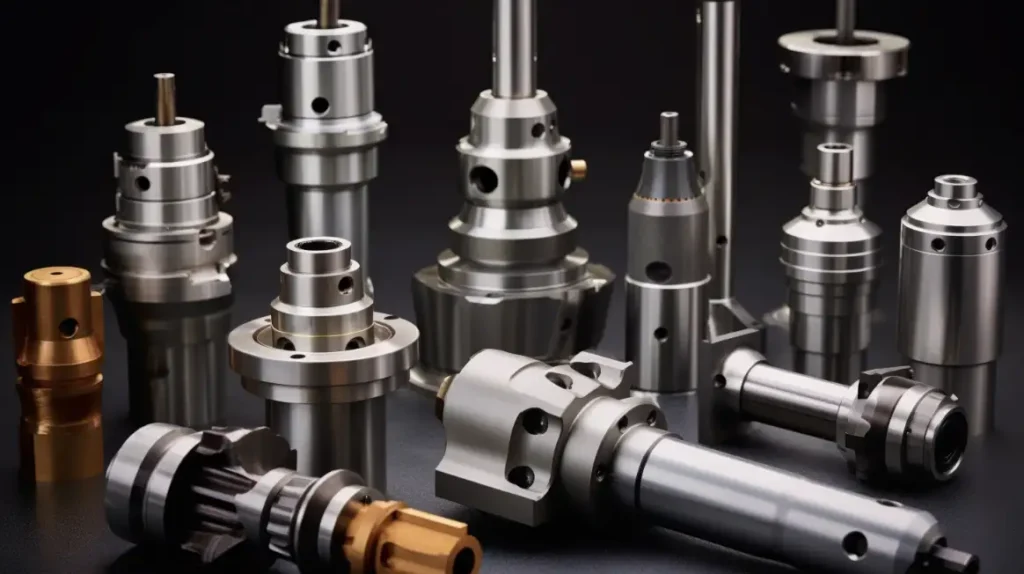
How Boring Differs from Drilling and Reaming?
Boring, drilling, and reaming are all hole-making processes, but each serves a different purpose. Understanding their differences helps in selecting the proper method for specific machining needs.
- Drilling: Creates a new hole using a rotating drill bit. It is the first step in hole-making but lacks high precision.
- Boring: Enlarges and refines an existing hole using a single-point cutting tool. It improves accuracy, roundness, and surface finish.
- Reaming: Fine-tunes a hole’s diameter and surface quality after drilling or boring. It removes a small amount of material to achieve a precise fit.
Key Differences
| Process | Purpose | Tool Used | Precision Level | Application |
|---|---|---|---|---|
| Drilling | Creates a hole | Drill bit | Low | General hole-making |
| Boring | Enlarges and improves a hole | Single-point cutting tool | High | Precision machining |
| Reaming | Finishes and refines a hole | Multi-edge reamer | Very High | Tight-tolerance parts |
Challenges and Solutions in Boring
Boring machining can be highly effective, but it comes with its own set of challenges. Here’s a look at common issues and practical solutions to improve accuracy and results.
Common Issues in Boring Operations
Tool Deflection and Chatter
Tool deflection happens when the boring bar bends under pressure, leading to inaccurate holes. Chatter occurs when the tool vibrates excessively, causing poor surface finishes and tool wear.
- Causes: Long boring bars, improper tool setup, or high cutting forces.
- Impact: Reduced precision, rough finishes, and shorter tool life.
Poor Surface Finish
An uneven surface finish can result from incorrect settings, vibrations, or worn-out cutting tools.
- Causes: Incorrect feed rates, tool wear, or unstable machine setup.
- Impact: Parts may not meet quality standards, requiring additional finishing work.
Inaccurate Hole Dimensions
Due to errors in tool positioning or machine calibration, holes may become too large, too small, or out of alignment.
- Causes: Incorrect tool size, machine misalignment, or thermal expansion.
- Impact: Parts may not fit together correctly, leading to assembly issues.
Best Practices to Improve Boring Accuracy
Tool Selection and Setup
Choosing the right tools and setting them up correctly is crucial for achieving precision.
- Use Shorter Boring Bars: Shorter bars reduce deflection and improve stability.
- Select the Right Cutting Tools: Use sharp, high-quality inserts designed for machining material.
- Proper Tool Alignment: To prevent errors, ensure the tool is aligned with the hole’s axis.
Vibration Damping Techniques
Reducing vibrations improves surface finish and tool life.
- Use Dampened Boring Bars: These bars absorb vibrations, reducing chatter.
- Optimize Cutting Parameters: Adjust speed, feed rate, and depth of cut to minimize vibrations.
- Secure Workpieces: Ensure the workpiece is firmly clamped to prevent movement during machining.
Measuring and Inspection Methods
Regular measurement and inspection ensure holes meet specifications.
- Use Precision Measuring Tools: Tools like bore gauges or micrometers help verify hole dimensions.
- In-Process Inspection: Check hole dimensions during machining to catch errors early.
Conclusion
Boring machining is essential for achieving precise, high-quality holes in manufacturing. It refines and enlarges pre-existing holes, ensuring accuracy, smooth finishes, and proper alignment. Different boring methods and machines suit various applications, from aerospace to medical devices.
If you need reliable boring machining for your projects, we provide high-accuracy solutions tailored to your needs. Contact us today to discuss your requirements and get a competitive quote!
Hey, I'm Kevin Lee

For the past 10 years, I’ve been immersed in various forms of sheet metal fabrication, sharing cool insights here from my experiences across diverse workshops.
Get in touch

Kevin Lee
I have over ten years of professional experience in sheet metal fabrication, specializing in laser cutting, bending, welding, and surface treatment techniques. As the Technical Director at Shengen, I am committed to solving complex manufacturing challenges and driving innovation and quality in each project.

